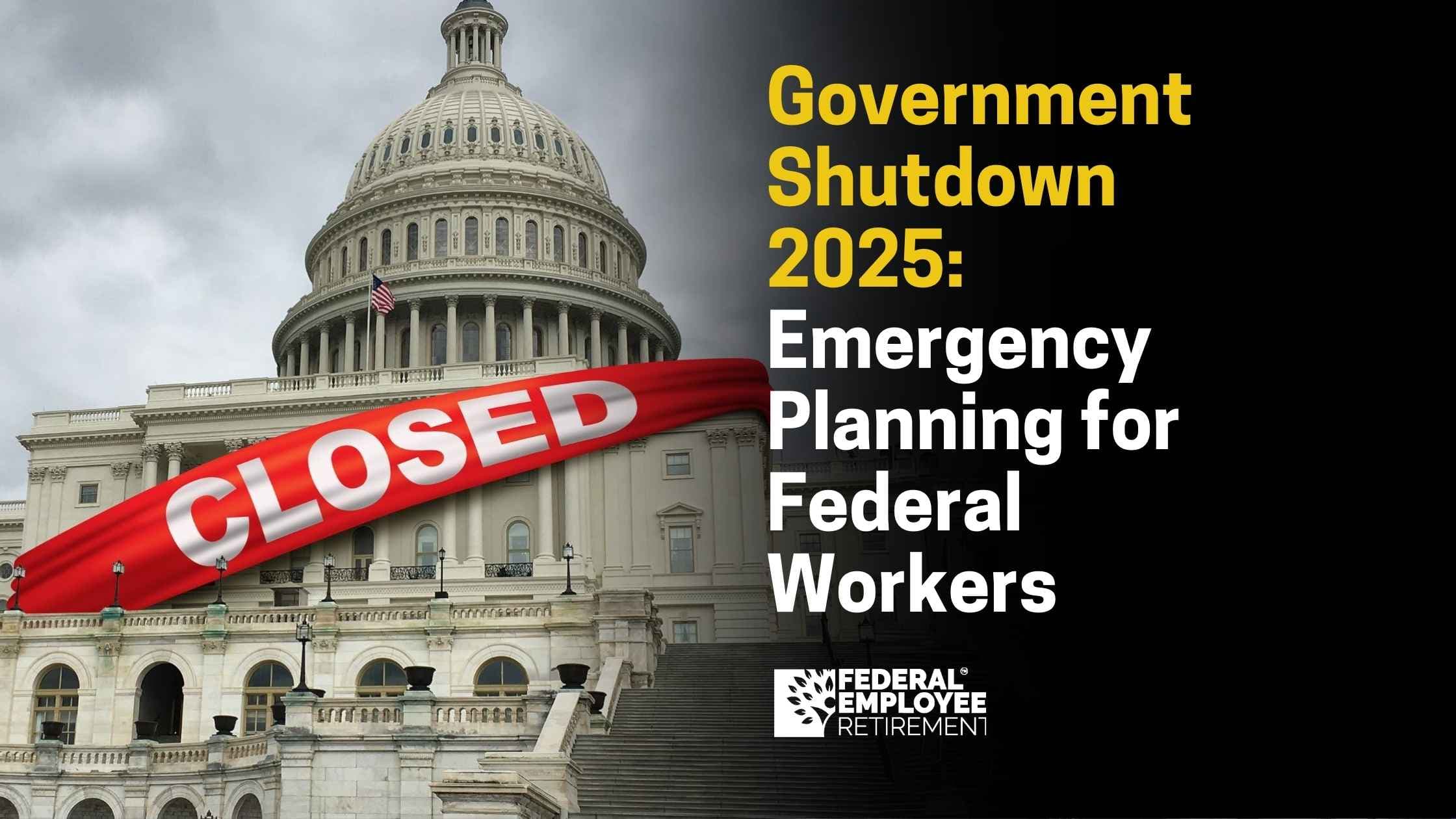U.S. Government Shutdown Enters 26th Day, Becomes Second-Longest in History

The United States federal government remains in a state of shutdown, now entering its 26th day as of October 26, 2025, marking it as the second-longest government shutdown in the nation's history. This prolonged impasse began on October 1, 2025, following Congress's failure to pass essential appropriations legislation for the 2026 fiscal year. The ongoing closure has significantly impacted approximately 1.4 million federal employees, with many facing furloughs or working without pay.
The shutdown is rooted in deep partisan disagreements surrounding federal spending levels, proposed foreign aid rescissions, and, critically, the extension of health insurance subsidies under the Affordable Care Act (ACA). Senate Democrats have consistently rejected the Republican-backed short-term funding bill that passed the House, primarily due to its omission of provisions to extend ACA tax credits. This legislative gridlock has effectively halted funding for numerous federal agencies and programs.
The immediate and severe consequences have been borne by federal workers, with an estimated 900,000 furloughed and an additional 2 million continuing to work without immediate compensation. The Trump administration has also proceeded with mass layoffs, impacting thousands of employees across departments such as the IRS and Centers for Disease Control and Prevention (CDC). Labor unions have responded with lawsuits, securing a temporary restraining order against some of these reduction-in-force actions.
Beyond federal personnel, the shutdown poses a growing threat to vital public services, including the Supplemental Nutrition Assistance Program (SNAP) and Women, Infants, and Children (WIC) food assistance programs, whose contingency funds are projected to deplete by November. Air travel has experienced increasing delays due to critical air traffic controller staffing shortages, raising concerns about operational safety. Economists estimate the shutdown is costing the U.S. economy approximately $15 billion each week it persists.
Amidst the escalating crisis, public sentiment reflects a growing frustration, as encapsulated by a social media post from "Autism Capital 🧩" which questioned, > "Is Government even still shut down? Does anyone care?" Politically, the Trump administration and Republicans largely attribute the stalemate to Democrats, while Democrats accuse Republicans of leveraging the budget as a political tool. Public opinion polls reveal a divided populace, with a significant portion holding both parties accountable for the ongoing disruption.